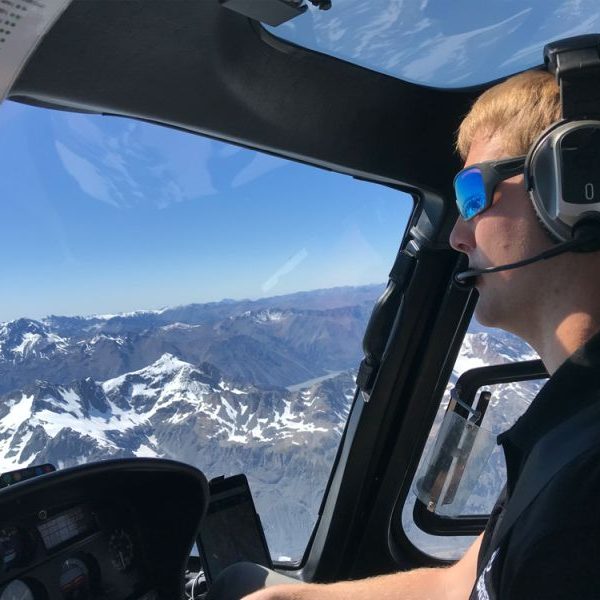No products in the cart.
Mountain Training
Showing the single result
Filters Sort results
Reset Apply
With the Southern Alps & other mountainous terrain at our back doorstep, you’ll train in some of the most diverse conditions seen anywhere in the world. Snow, wind, altitude & beautiful blue sky days – it’s all there. Our instructors teach safe & proven mountain flying techniques as well as guiding you to make good calls about where & when to go. Last Updated: 23-06-2023 |
Flying helicopters over mountainous terrain presents several dangers and challenges that pilots need to be aware of and prepared for. Mountainous areas often experience rapidly changing and variable weather conditions, including turbulence, high winds, fog, and low clouds. These can make navigation and maintaining control of the aircraft difficult. Mountains have rugged and unpredictable terrain, including ridges, peaks, valleys, and cliffs. Pilots must navigate around or over these obstacles while maintaining a safe altitude. Sudden changes in terrain elevation can lead to controlled flight into terrain (CFIT) accidents. In mountainous terrain, finding suitable landing spots can be challenging. There may be few or no flat areas available for emergency landings, increasing the risk in case of engine failure or other emergencies. High altitudes can affect the helicopter’s performance. The thinner air at higher elevations reduces engine power and lift, making it harder to maintain altitude and hover. Pilots must account for these factors in their flight planning. Mountainous areas often have higher density altitudes, which further reduce aircraft performance. Density altitude is the pressure altitude corrected for non-standard temperature and humidity, and it affects engine power, lift, and overall aircraft handling. Mountains can create complex wind patterns and turbulence, which can be hazardous for helicopter operations. Winds can change rapidly in narrow valleys or around peaks, leading to sudden changes in aircraft behaviour. Reduced visibility due to fog, clouds, or precipitation can be common in mountainous areas, making navigation more challenging. Pilots must rely on instruments and follow specific procedures to maintain situational awareness. The stress of flying in challenging terrain can lead to pilot/human errors. Decisions related to navigation, altitude control, and weather assessment become critical, and lapses in judgment can have severe consequences. Mountains are often remote and may have limited access for search and rescue teams in case of emergencies. This can increase the risk to passengers and crew in the event of an accident or incident. In some mountainous areas, communication with air traffic control or ground support can be difficult, and challenging, due to terrain blocking radio signals. This can hinder coordination and emergency response efforts. To mitigate these dangers, helicopter pilots flying in mountainous terrain must receive specialized training, carefully plan their routes, monitor weather conditions, and maintain a high level of situational awareness. Additionally, they should be prepared to make quick decisions and have contingency plans in place for unexpected situations.





